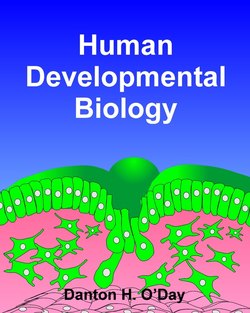Читать книгу Human Developmental Biology - Danton Inc. O'Day - Страница 21
A Cascade of Caspases Cleaves Proteins
ОглавлениеApoptosis is regulated by a diversity of signaling pathways all of which involve caspases (Figures 3.7, 3.8). There is a large family of caspases in humans that exist in an inactive form (pro-caspase) that becomes activated by limited proteolysis: pro-caspase → active caspase.
Figure 3.7. Caspase activation mediates apoptosis.
Caspases are a family of cysteine proteases, protein-digesting enzymes that that cleave proteins after aspartic acid residues. The caspases work in cascades (a number of caspases working in sequence) digesting a diversity of proteins that underlie specific apoptotic events. Typically initiator caspases (e.g., caspase-2, 8, 9, 10) activate effector caspases (e.g., caspase-3, 6, 7) that digest specific proteins or activate other specific caspases (e.g., caspase-1, 4, 5, 11, 12, 13, 14) that have roles in inflammation.
Caspase Cascade:
Initiator Caspases → Effector/Executioner Caspases
Effector caspases are sometimes called executioner caspases.
